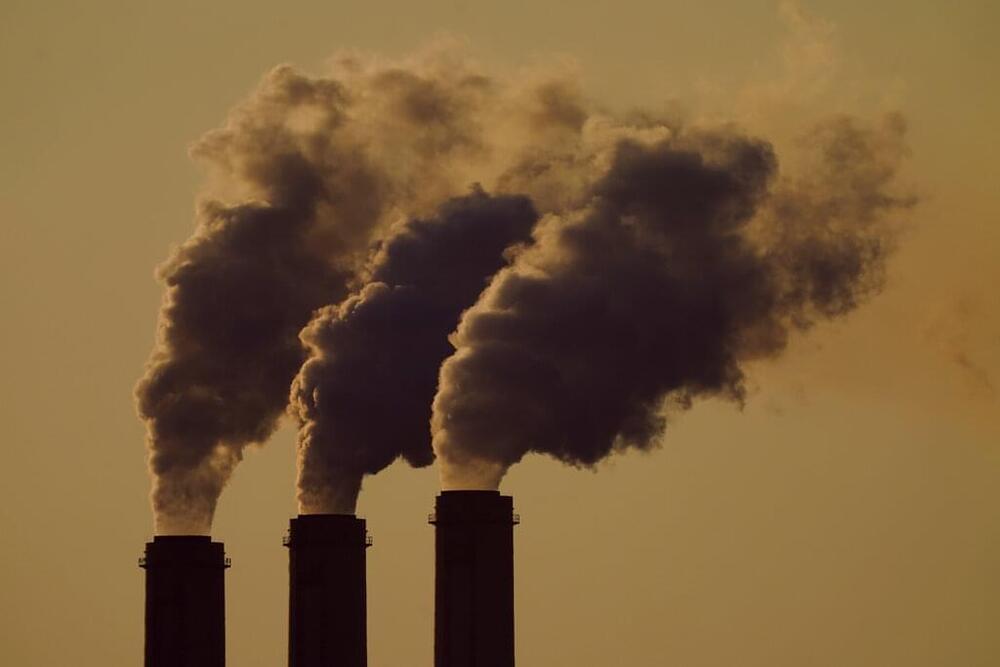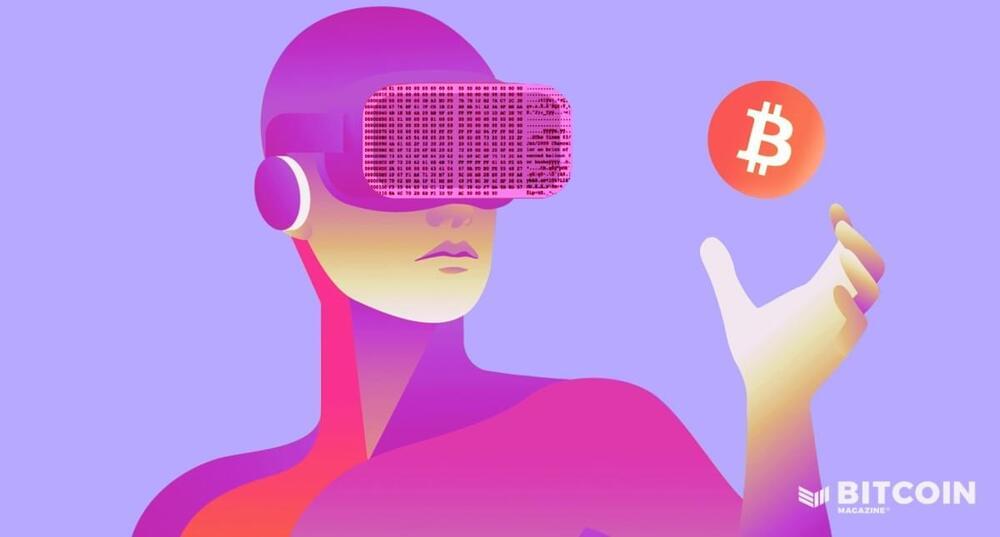A huge amount of mysterious dark energy is necessary to explain cosmological phenomena, such as the accelerated expansion of the Universe, using Einstein’s theory. But what if dark energy was just an illusion and general relativity itself had to be modified? A new SISSA study, published in Physical Review Letters, offers a new approach to answer this question. Thanks to huge computational and mathematical effort, scientists produced the first simulation ever of merging binary neutron stars in theories beyond general relativity that reproduce a dark-energy like behavior on cosmological scales. This allows the comparison of Einstein’s theory and modified versions of it, and, with sufficiently accurate data, may solve the dark energy mystery.
For about 100 years now, general relativity has been very successful at describing gravity on a variety of regimes, passing all experimental tests on Earth and the solar system. However, to explain cosmological observations such as the observed accelerated expansion of the Universe, we need to introduce dark components, such as dark matter and dark energy, which still remain a mystery.
Enrico Barausse, astrophysicist at SISSA (Scuola Internazionale Superiore di Studi Avanzati) and principal investigator of the ERC grant GRAMS (GRavity from Astrophysical to Microscopic Scales) questions whether dark energy is real or, instead, it may be interpreted as a breakdown of our understanding of gravity. “The existence of dark energy could be just an illusion,” he says, “the accelerated expansion of the Universe might be caused by some yet unknown modifications of general relativity, a sort of ‘dark gravity’.”






